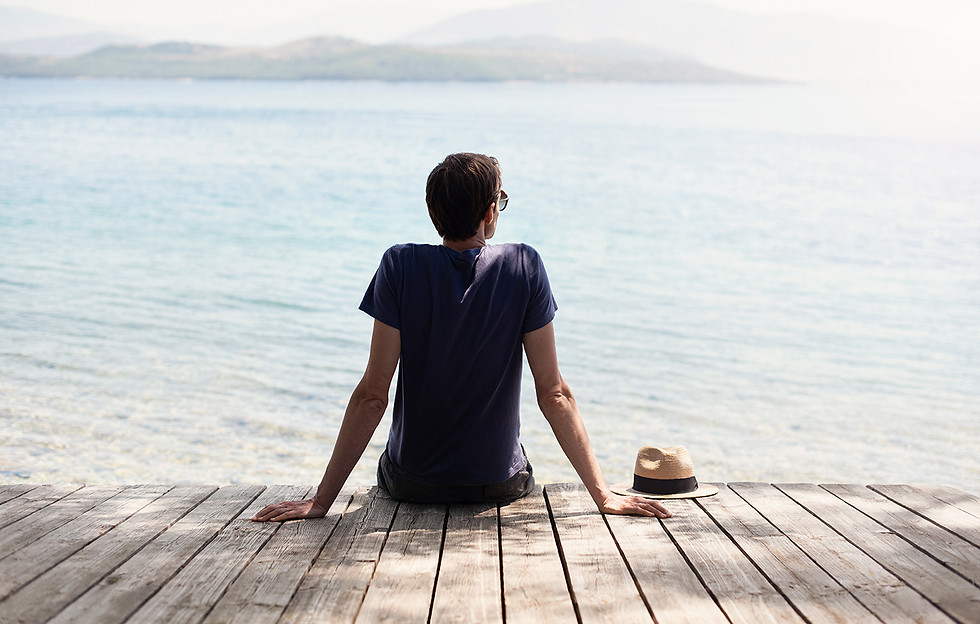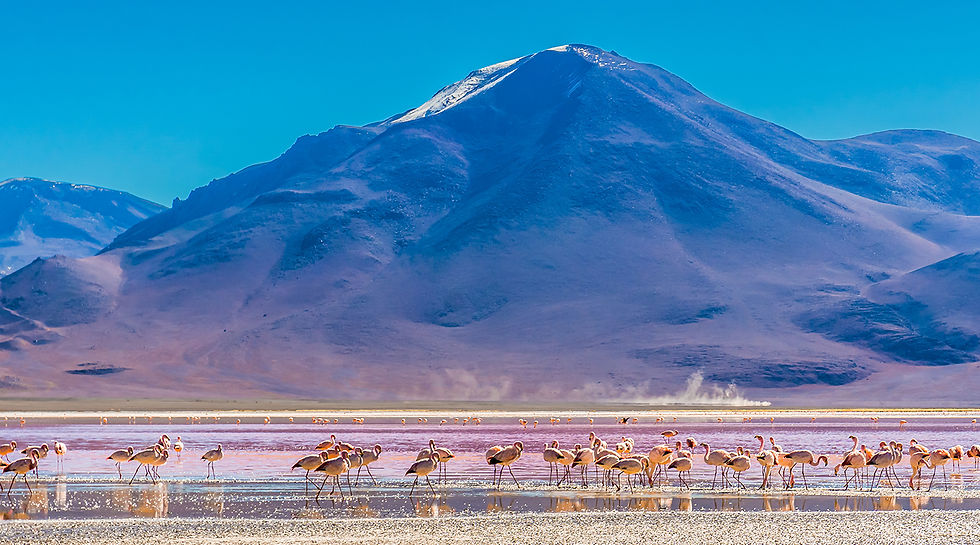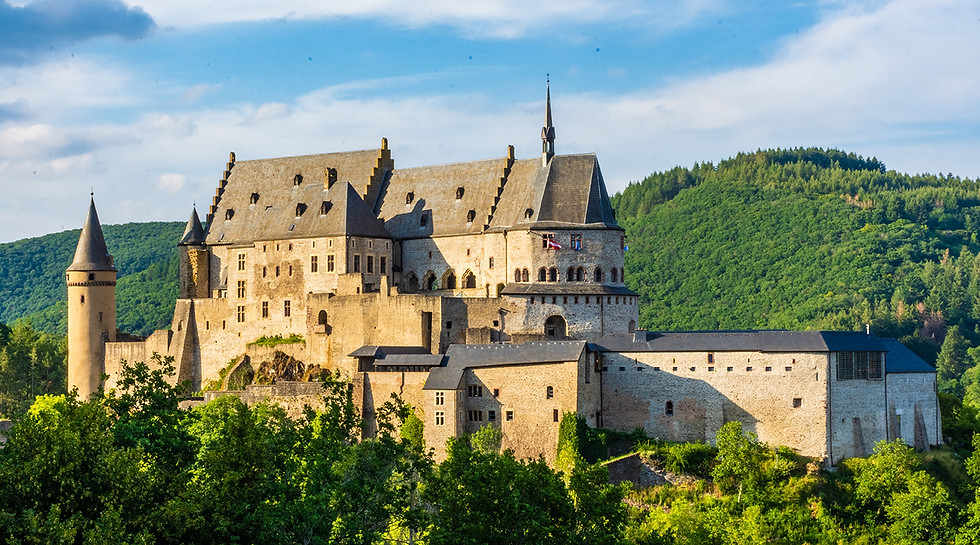Perspectives

While movement may be the currency of travel, stillness is often its most profound reward.
The stillness we carry
By Michael Webster
There’s a quiet power in moving through the world alone. It’s not just about independence or self-reliance, it’s about the unexpected ways the world reveals itself when you’re still. When there’s no one next to you to interrupt your quiet contemplation or wanting the share or elicit a reaction when you don’t have one to vocalise. When it’s just you – open, observant, and unhurried.
Stillness isn’t just something we find, it’s something we carry. As solo travellers, we soon learn the rhythm of our own footsteps, the steady inhale and exhale of each breath, and the quiet hush between our many thoughts. Alone on the road, stillness finds its way in – not just around us, but within. And while movement may be the currency of travel, stillness is often its most profound reward.
There are places in the world where that stillness feels amplified … destinations where the noises, voices (internal and external) soften and fade, and something deeper begins to settle. Travelling alone, we begin to notice the pulse of a place, and the myriad qualities of every shift of light. We carry this stillness with us.
Stillness isn’t always comfortable. Sometimes it invites loneliness … or challenging questions we’ve been too busy to find answers to suddenly surface. But often, it brings clarity … a sense of return to something that requires our attention. And when we go home, it lingers … in the quieter way we sit with ourselves, and in our willingness to listen.

The Danjo Garan sacred temple complex, the centre of Kōyasan. Photography: RnDmS @ Adobe Stock.
Koyasan (Mount Kōya), Japan
The ‘sacred mountain’ of Koyasan, south of Osaka, is one of Japan’s most spiritual destinations. Home to a living Buddhist monastery complex, ancient cedar forests, and the hauntingly beautiful Okunoin Cemetery, it invites quiet like few other places. Travellers can stay in traditional temple lodgings, rise early for morning rituals, and walk meditative trails draped in mist. Stillness here feels almost reverent … not absence, but presence. Every stone and whisper of wind seems to hold meaning, and for the solo traveller, this a place to reset, reflect, and reconnect on an entirely different frequency.

Flamingos at the Laguna Colorada, Bolivia. Photography: Streetflash @ Adobe Stock.
Laguna Colorada, Bolivia
High on the altiplano near the border with Chile lies a lake the colour of rusted rose – Laguna Colorada. It’s wind-swept, surreal, and sparsely populated, save for flamingos that drift across the mineral-rich waters. There’s no mobile service, no souvenir stalls, and no queues. Just salt, silence, and sky. The air is thin, and your thoughts even thinner. And yet, standing on the edge of this fantastical landscape, a strange calm settles. It’s the kind of stillness that comes not from serenity, but from scale – the overwhelming vastness that reminds you just how small, and how free, you really are.

Vianden Castle, located in the north of Luxembourg, is one of the largest fortified castles west of the Rhine. Photography: Stefano Zaccaria @ Adobe Stock.
The Ardennes, Luxembourg
In the borderlands of Luxembourg, where dense woods roll gently across hills and valleys, the Ardennes offers a haven for solitude. It’s a place where nature and history entwine – from quiet trails through moss-covered forest to hilltop castles like Vianden that seem carved from legend. For me, the Ardennes was an undeniable highlight, and a lasting, lifetime memory of my time in Luxembourg. The long-distance Eislek Trail meanders through Luxembourg’s north, winding past rivers, rock formations, and almost-forgotten villages. There’s little distraction out here, and it is ideal for solo walkers seeking a deep sense of peace, reflection, and isolation without being entirely off-grid. Depending on the time of year (I went in Autumn), you can wander for hours without encountering more than one or two fellow hikers.
This is also a region layered with history – from medieval strongholds like Vianden Castle (a must-see) to remnants of World War II. The Battle of the Bulge, one of the largest and deadliest battles fought by American forces and their allies, was waged here in the winter of 1944–45. You’ll find quiet memorials, museums, and echoes of the past tucked into serene natural settings – a powerful mix for those drawn to places with depth and stories.
Maruia Hot Springs, New Zealand
Nestled between beech forests and misty mountains, here you can soak under the stars in geothermal pools that have bubbled here for centuries. This is not a place to be busy (there's no WiFi) – it’s a place to listen, and not to others, but to sounds of Mother Nature and a precious silence that we rarely make time to acknowledge.
These are not places you tick off a list, they are places that imprint themselves on you. As a solo traveller, you don’t just visit them, you meet them … and when you leave, you carry a piece of that newfound respect for the value of ‘stillness’ with you. Because the stillness we carry, long after the journey ends, might just be the most enduring souvenir of all.
Michael Webster is The Solo Traveller’s International Community Development Lead.





